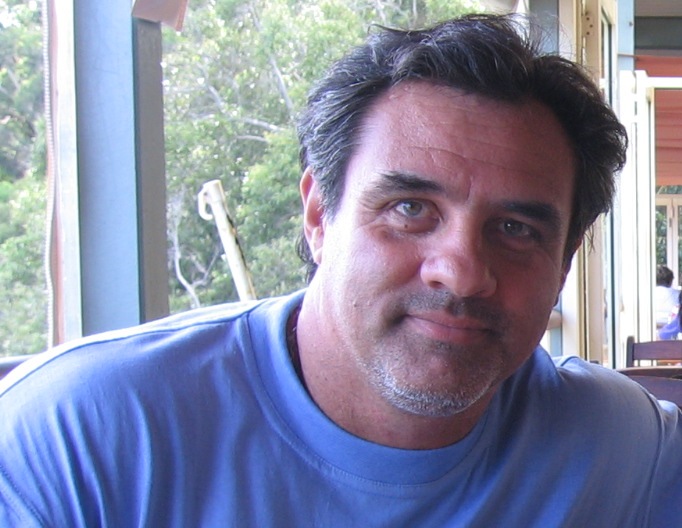property blues
How to beat the property blues | NEWS.com.au
"FOR Sale'' signs are going up everywhere, but the fever pitch has died. Many sellers are still asking too much, buyers are not prepared to overpay and lenders are shy of risk, given the global credit squeeze.
A standard variable home loan with a major bank will still cost you about 9.3 per cent or $2500 in repayments a month on a $300,000 loan over 30 years.
But as Leanne Wilson, financial planner at Suncorp, says, the scary part is that over the 30 years you will pay just under $570,000 in interest.
The big fear is home values may drop lower than a family's mortgage, creating negative equity now common in parts of western Sydney. If you had zero deposit and borrowed using a 100 per cent loan (or more) any time after 2004, chances are you may be in such a situation already.
Buyers remain wary of the market with lending falling for the sixth consecutive month in July. The latest housing finance data from the Australian Bureau of Statistics shows a 0.2 per cent slide in owner-occupier loans to 50,279 nationally in July, the lowest since November 2004.
Negative gearing
It's been all the rage, buying an investment property to make a loss to claim some tax relief. It works well if you are a high-income taxpayer, but it can be a gamble in this lacklustre property market.
Here is how negative gearing works: Sally buys a unit for $300,000 to rent out. She puts in $50,000 and borrows $250,000. The loan at 9 per cent interest costs her $24,900 a year and the weekly rental income is $300 or $15,600 annually.
Ongoing costs including rates, water, insurance, maintenance and depreciation allowance are $2600 each year. After expenses, income for the year is $13,000, so Sally lost $11,900.
She can reduce the tax liability on her other assessable income by the loss of $11,900 on the property.
If she earns more than $180,000 a year and is on the highest marginal tax rate of 45 per cent (including the Medicare levy) this tax deduction would have the ultimate effect of reducing the real loss from $11,900 to $6545.
But if she were an average income earner on $55,000 a year, paying 30 per cent income tax, her loss would be $8330 for the year.
That's how much she needs her property value to increase in a year to break even.
If the property market is flat or only slightly positive, the strategy is no better than putting the deposit in the bank where she could earn 8 per cent with a fixed term.

No comments:
Post a Comment